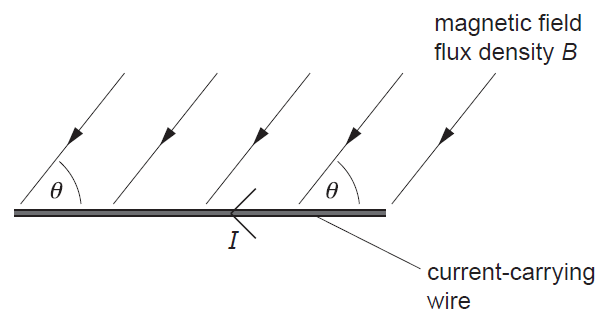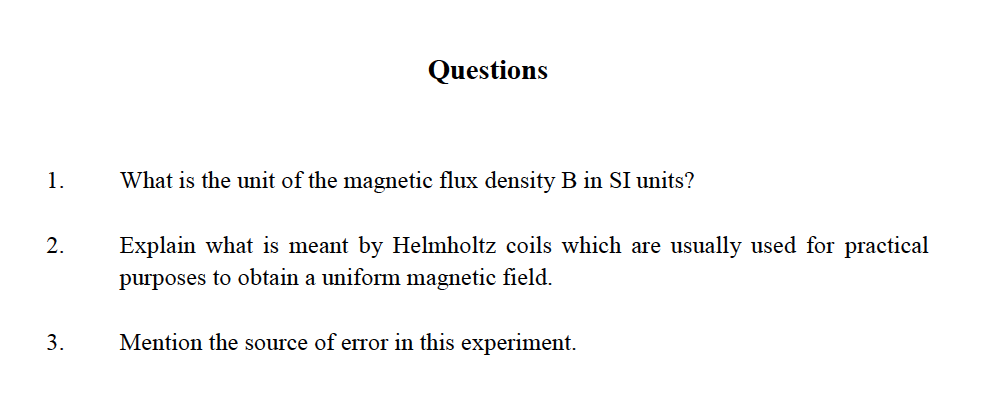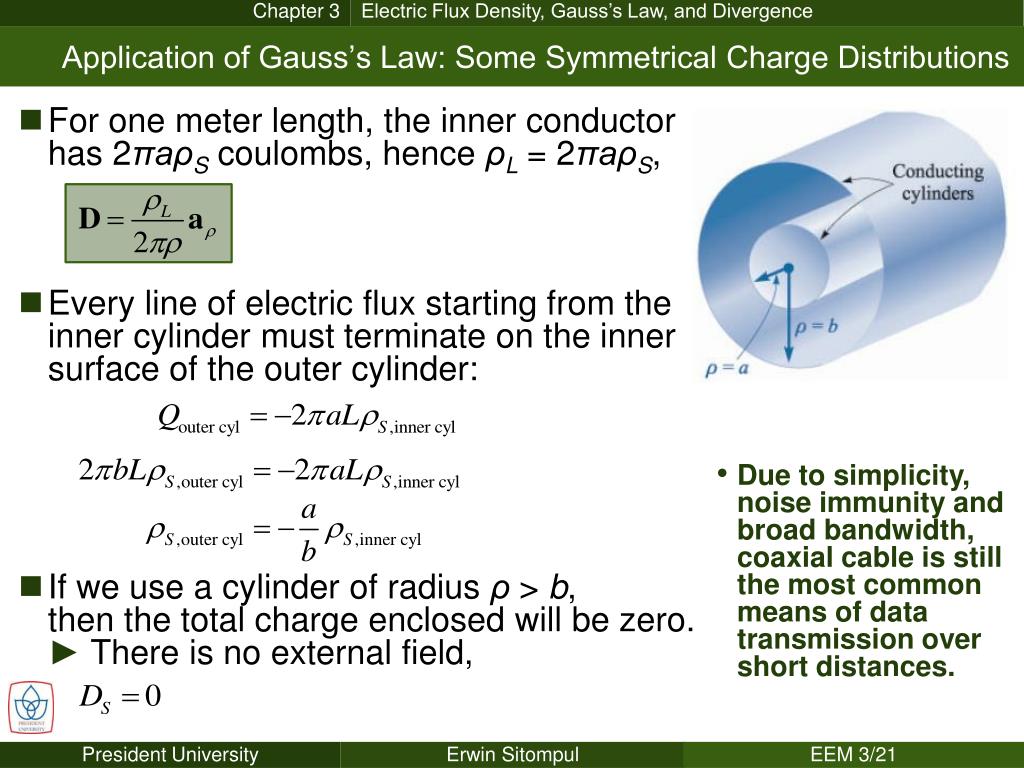

Flux density calculator how to#
You can also find out how to convert each unit into a different unit. The unit converter gives an overview of other units used to measure magnetomotive force in other applications. Where F is the magnetomotive force, ω is the number of turns in the coil, and I is the electric current in the conductor. We calculate the magnetomotive force F for a solenoid, an inductor, or an electromagnet using the formula: In SI, magnetomotive force is measured in amperes (A), while in the centimeter gram second system it is measured in gilberts (Gi).Įlectrical engineering also uses another unit, an ampere-turn, with its value being numerically equal to the SI unit ampere. It is responsible for the magnetic flux Ф. Magnetomotive force for magnetic circuits is analogous to the electromotive force for electric circuits. We can see from this equation that it is equivalent to the equation for Ohm’s Law for voltage V:

Where F is the magnetomotive force, Ф is the magnetic flux in the circuit, and R m is the magnetic reluctance It can be calculated using the following equation also known as Hopkinson’s Law: Magnetomotive force is a physical entity that defines the ability of electric current to create magnetic flux. It is interesting to note that both of them invented a relay independently but around the same time (1835-1837) while working on the development of telegraphy. The invention of an electromechanical relay is credited to both Joseph Henry and a British scientist, physician, and inventor Edward Davy. As a result, his electromagnet could lift ferromagnetic materials of up to 936 kg. He insulated copper wires using silk thread and thus created multilayer winding with several thousand turns.

In the 1930s an American scientist and inventor Joseph Henry popularized electromagnets and significantly improved their design. This was a great example that demonstrated how electromagnets work. When the electric current was switched off the magnetized metal rod could not hold even 200 grams, even though it was still magnetized residually. A magnet that used a single battery as its power source could lift up to 4 kg. Because of the small number of turns, Sturgeon’s electromagnet was relatively weak. It was a coil of uninsulated copper wire, wound in a single row around a horseshoe-shaped core made of soft iron. The first electromagnet was created by the British scientist William Sturgeon in 1824. The wide use of magnetomotive force depends on reliable generators of electricity and on devices that convert electric energy into mechanical.Īn old transformer on display in Canada Science and Technology Museum, Ottawa This allowed separation of information from its media (for example paper) and its almost instant transmission without the physical need for an object bearing the message like a messenger or a carrier pigeon. They also amplified the signal as it was transmitted across long distances. They were used as signal receivers and registered the electric signals transmitted by the telegraph. The relays were some of the first devices to announce the coming of the information revolution and were the first devices that had a binary electrically operated switch. Various electromechanical devices such as electromagnets, solenoids, and relays are used to convert electricity into linear motion. Electric motors that did the opposite were also the backbone of these technologies. New technologies were based on electric machines that produced direct and alternating electric current (DC and AC), using mechanical energy generated through rotation. High voltage electric motors at a water pumping station


 0 kommentar(er)
0 kommentar(er)
